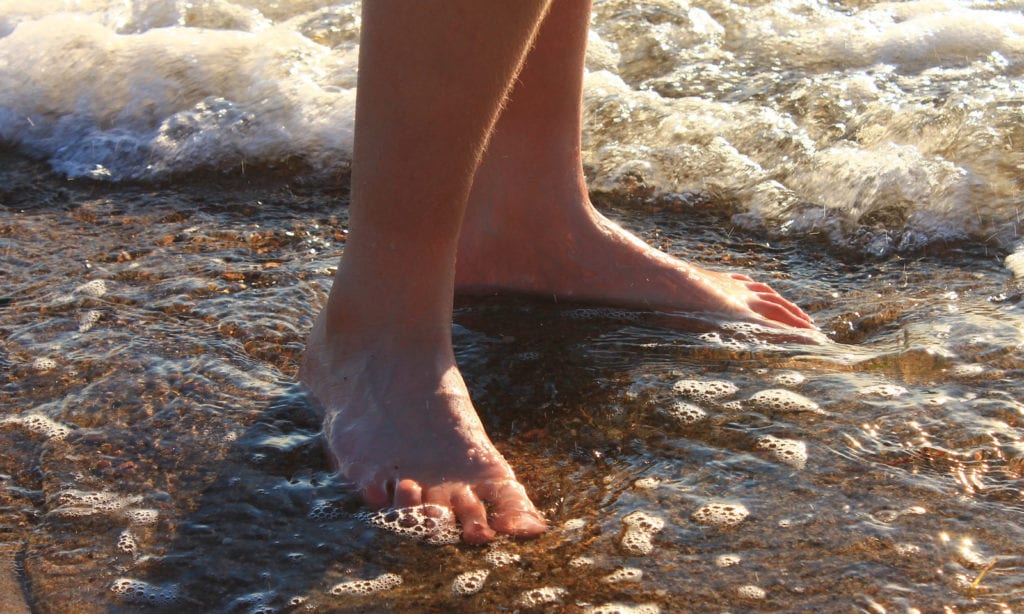How To Fix Flat Feet

Flat feet are a very common condition that has affected millions of people at any one time. The current estimate is that there are almost 8 million adults in the USA alone living with flat feet and potentially more who don’t even know that they may have this foot condition.
Many people are wondering how to fix flat feet – what foot exercises may help with this, or what they can try that may help to correct their foot problems. We’re here to help, with this simple guide to flat feet and what you can do to help with them. Read on below to find out more, from physical therapy options to other exercises and solutions that may also help!
Is it Possible to fix Flat Feet?
If you’re having problems with flat feet, which could range from pain in your feet or back to wearing through shoes abnormally fast, then your first step should always be to see a doctor and see if they can help you to do something about your problems.
In the worst cases, your doctor may recommend surgery on your feet. That’s only for the very worst cases, though, so you are very unlikely to need this option unless your feet turn out to be majorly deformed.
In most cases, if you’ve only got a minor problem with flat feet, then just buying a pair of shoes with good arch support can alleviate most of the symptoms without even needing to see a doctor. You’ll find that foot and back pain are probably reduced, even if not eliminated completely, and that your arch is pushed into the right position, which may relieve other problems as well.
At home, you can try a range of exercises that may help with arch collapse. If you feel any pain, particularly in your back, just elevate and rest your feet. You can’t do much to fix your feet at home, but you can try a number of things that may prevent your problems from getting any worse.
Are Flat Feet Permanent?
Collapsed arches and foot flatness are not something that is just going to go away on its own. It’s a part of your body and how it works, and you’re just going to have to work on mitigating the problems as far as possible. Arch supports from insoles, and appropriate shoes are a great first step, and if you continue to have problems or experience pain, then visiting a doctor or podiatrist is usually a good idea.
Can you Rebuild Arches in Flat Feet?
If the arch of your foot has collapsed completely, then you may find that you are experiencing major problems with pain and discomfort. Unfortunately, this may be a huge problem, as the arch of your foot is one of the most important parts of your body, impacting against the ground with every step as you walk.
Rebuilding the arches of your feet is possible, but it’s not a pleasant process. This requires extensive surgery to your foot and cannot be undertaken casually. This requires fusing together the bones of your feet or cutting them into a different shape. It may also require cutting and reshaping tendons to allow your feet to move normally. In general, doctors are very unlikely to recommend this surgical option unless you are experiencing major pain or other problems as a result of your condition!
Why do Flat Feet Disqualify you from the Military?
The legal status of flat feet when it comes to military enlistment is actually more complicated than it might look at first glance. It’s true that, in the past, having flat feet would disqualify you from the military entirely if you were applying to join the military in the US or Canada, but that is not actually entirely true anymore.
To understand this, you have to understand the difference between symptomatic flat feet and asymptomatic flat feet. If you just have fallen arches and it makes no difference to you, causing no impact on your daily life and no pain in your feet, back, legs, or anywhere else, then you have asymptomatic flat feet (flat feet with no symptoms).
If, however, your flat feet cause pain in your foot, back, or leg, or reduce the movement range of your leg, or cause any other problems such as strain on your Achilles tendon, then your flat foot is symptomatic (showing symptoms). If you experience pain from your flat feet, which occurs in around 3% of people with flat feet, then you are still exempt from military service.
The reason that flat feet barred people from serving in the military up until shortly before the Vietnam war is one that sounds ridiculous nowadays. It was because flat feet were seen as a sign of low class or poor physical health, and a high arch in the foot was seen as a sign of strength and high class. Unfortunately, this myth was perpetuated by many – it was not at all rare for a trained doctor to believe that a flat foot might cause pain and physical problems during long marches. Now, though, we know that only symptomatic flat feet cause any problems, and most flat foot cases are no longer a barrier to joining the military.
Conclusion
Flatfootedness is a very common condition, but it is one that is quite easy to manage. Shoes with good support for your arches are easy to buy in most major shoe stores, and insoles for regular shoes are also fairly easy to get hold of. If your feet are causing pain or other problems, then it’s worth seeing a doctor, but in most cases, a simple orthotic insert should be more than enough to make a difference.